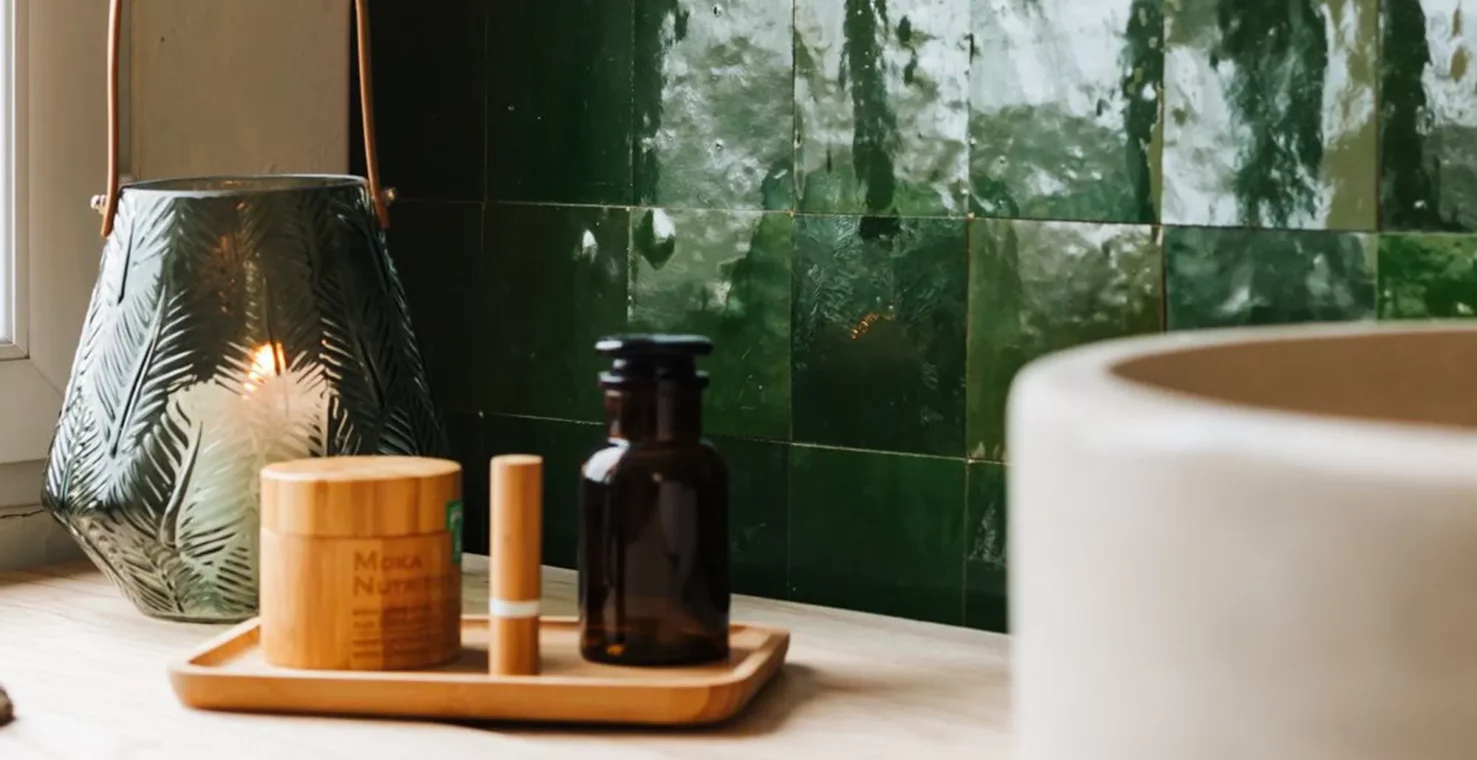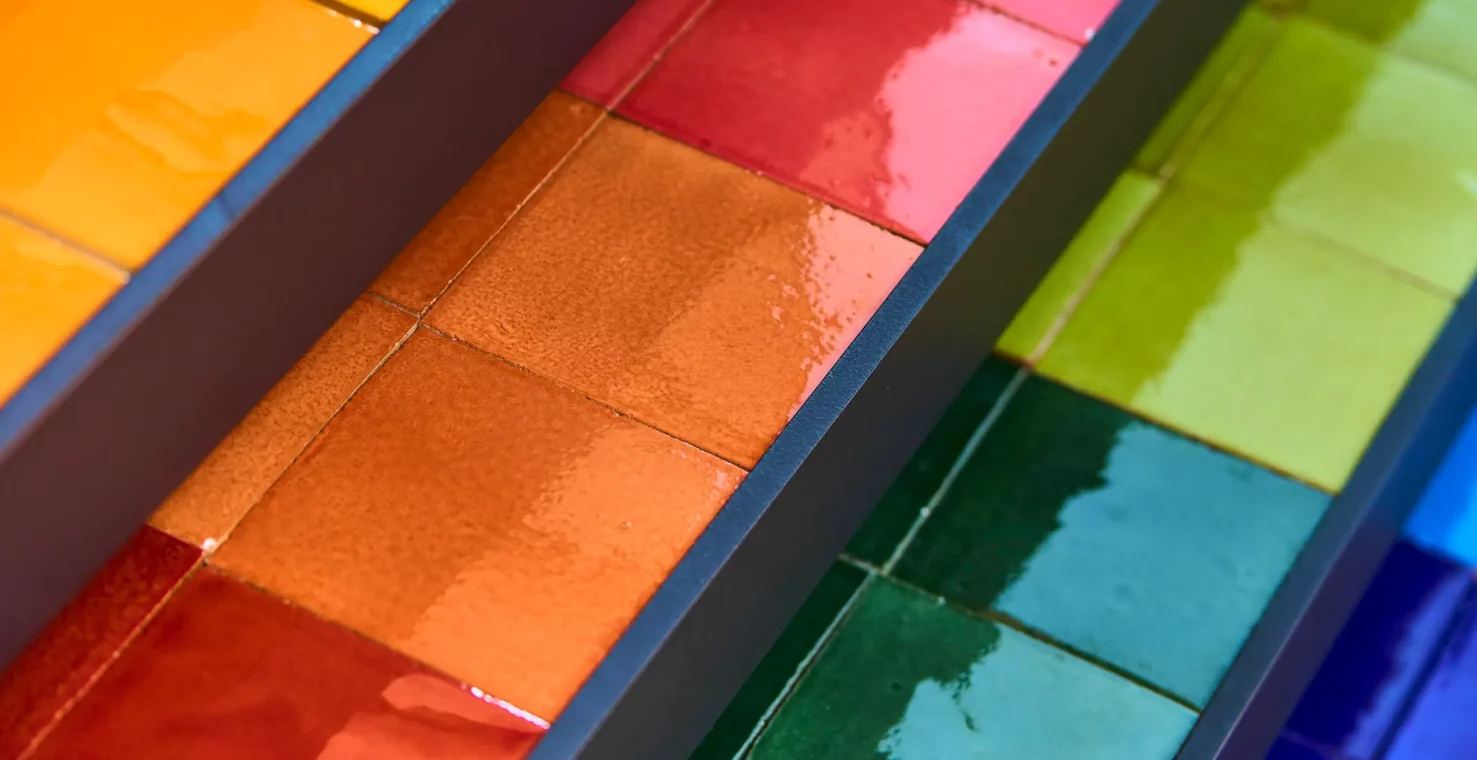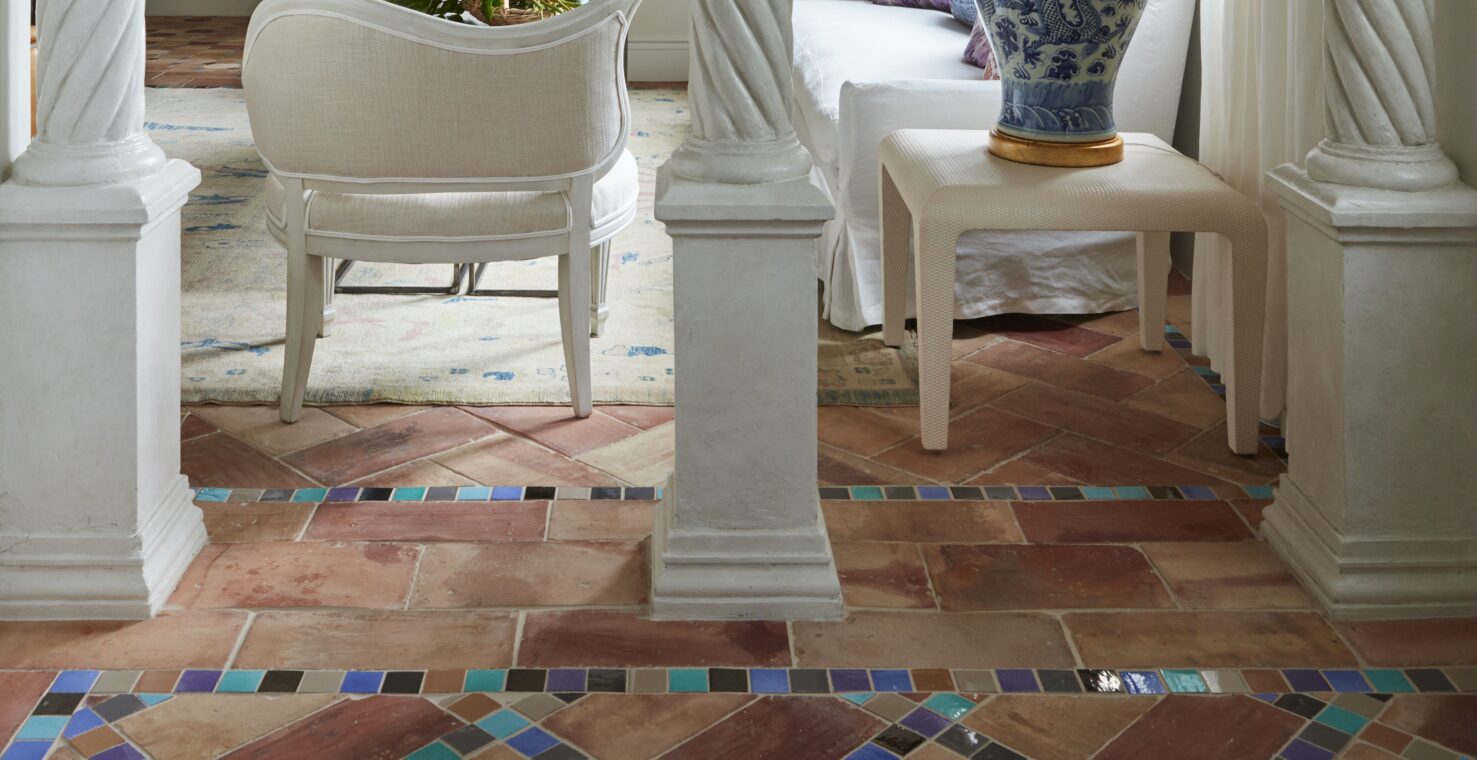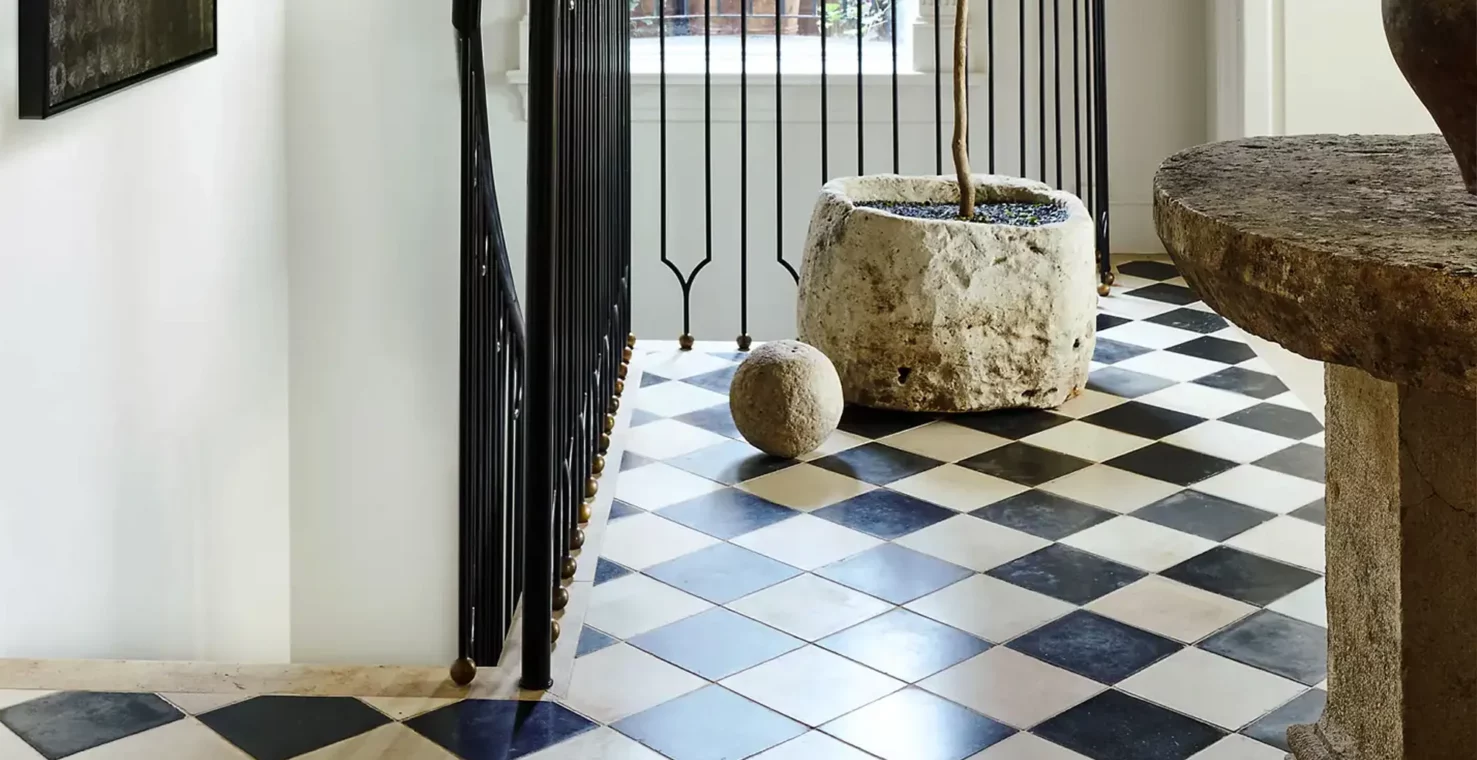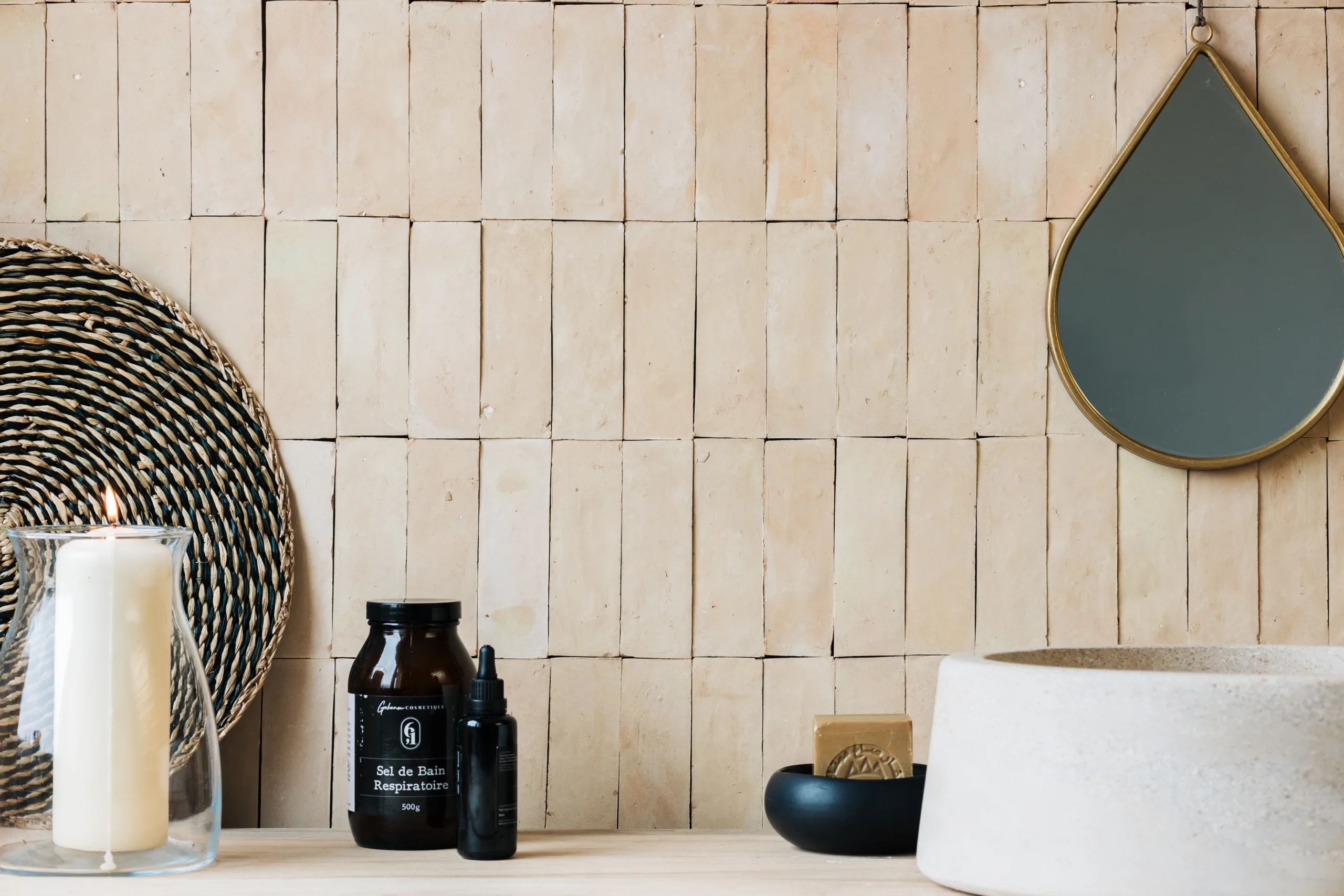Our limestone and marble collection showcases the timeless appeal of natural stone. Each piece is processed and cut in our warehouse, bringing out the organic variations in tone, veining, and texture that make stone so distinctive. No two pieces are ever the same—these natural differences are what give limestone and marble their depth, character, and elegance.
Please note that timelines for stone can vary, and because each order is processed in-house, it may take up to a couple of weeks for us to ship.
1. Understanding the Unique Qualities of Limestone and Marble:
1.1 Each Piece is Unique: Limestone and marble are natural materials, meaning every tile will have its own variation in shade, pattern, and surface texture. These distinctions are inherent to stone’s beauty and contribute to its authentic, luxurious character.
1.2 Imperfections: It is normal for natural stone to contain veining, tonal shifts, pits, or small fissures. These are not defects but part of the stone’s inherent qualities and appeal.
1.3 Intended Uses: Limestone and marble can be used for a wide variety of applications, including backsplashes, bathrooms, shower walls, fireplaces, and flooring. Some stones are suitable for high-traffic areas, while others are better for decorative use. Consult your installer to ensure proper selection for your project.
2. Tile Inspection and Blending:
2.1 Inspecting Your Shipment: When your limestone and marble order arrives, carefully inspect the tiles for any shipping damage or discrepancies. Natural variations in color and veining are to be expected. For any major issues, please refer to our Cancellation and Return policy.
2.2 Blending Tiles: For the best results, mix tiles from multiple boxes during installation. Blending ensures a balanced distribution of tone and veining across the surface, preventing noticeable patches or inconsistencies.
3. Installation Process:
3.1 Using a Professional Installer: Above all, we recommend hiring a professional installer experienced with natural stone. The sealing requirements and handling of limestone and marble differ from standard tile, and professional expertise is essential for success.
3.2 Preparation: Ensure the installation surface is level, clean, and dry. Remove any dust, debris, or adhesive residue before beginning. A properly prepared surface is critical to a long-lasting installation.
3.3 Adhesive Application: Use a high-quality thin-set mortar designed for natural stone. Apply adhesive with a notched trowel to the substrate, and back-butter each tile for full coverage and maximum bond strength.
3.4 Placing and Spacing: Carefully set each stone tile into the adhesive, pressing firmly to ensure proper contact. Natural stone edges may vary slightly, so wedge spacers should be used to maintain consistent spacing.
3.5 Cutting: Use a wet saw with a diamond blade to cut stone tiles to size. This method ensures clean, precise cuts and minimizes the risk of chipping.
3.6 Sealing Before Grout: Because limestone and marble are porous, it is essential to apply a penetrating sealer before grouting. Pre-sealing protects the stone from absorbing grout pigments and staining.
3.7 Grouting: After sealing, apply grout suited for natural stone installations. Once grouting is complete and has cured, carefully clean any grout haze from the surface.
3.8 Resealing After Grout: Once grout has fully cured and tiles are cleaned, apply a second coat of penetrating sealer. This step locks in protection, prevents staining, and enhances durability.
4. Specific Installation Considerations:
4.1 Stone on Floors: Many limestones and marbles are suitable for floor installations, including high-traffic areas. Ensure the subfloor is clean, level, stable, and dry before installation. Proper setting materials and techniques are critical to prevent cracking.
4.2 Stone in Wet Areas: Limestone and marble can be installed in showers, bathrooms, and other wet spaces. Always ensure substrates are waterproof, stable, and rigid. Use stone-appropriate adhesive, grout, and sealing products, and be prepared for ongoing maintenance in wet environments.
5. Maintenance and Care:
5.1 Regular Cleaning: Use a pH-neutral cleaner made for stone surfaces. Avoid acidic or abrasive cleaners, as they can damage and etch the stone.
5.2 Sealing Maintenance: Unlike glazed tiles, limestone and marble require ongoing sealing. We recommend resealing every 1–2 years, depending on usage and exposure. Regular resealing preserves the stone’s beauty and protects it from stains.
5.3 Long-Term Durability: Natural stone will develop a patina over time. This aging process enhances its character and appeal. With proper installation, sealing, and care, limestone and marble will remain elegant and enduring for generations.
In conclusion, limestone and marble bring timeless sophistication and natural beauty to any project. By embracing their unique qualities, sealing properly, and maintaining them with care, you will enjoy the lasting elegance of stone for many years to come.
